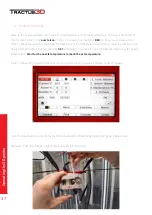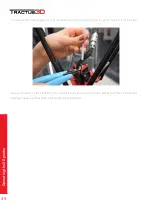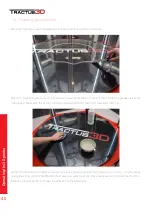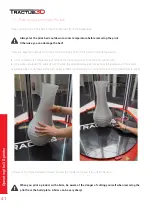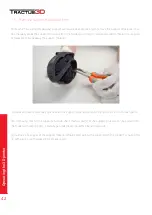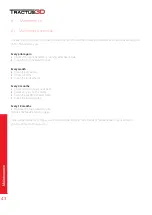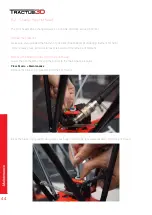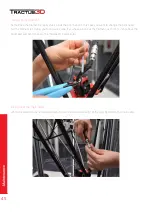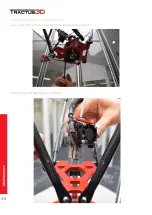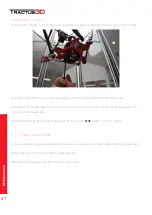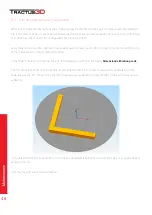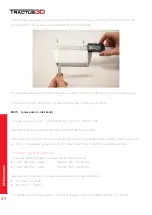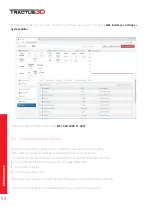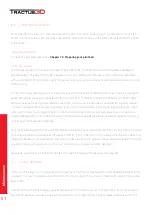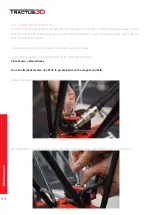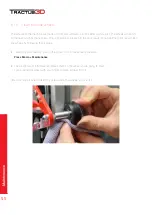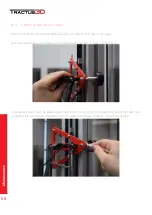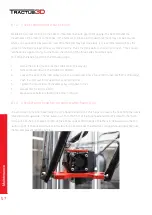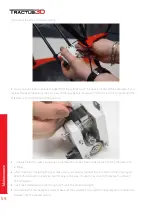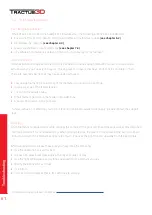
51
Maintenance
8.6
Clean the 3D printer
For the best print results, it is important to keep the 3D printer clean while using it. It is advised to not use the
printer in a room where it can easily be covered with dust and to remove small pieces of material that might be
in the printer.
Clean the bed plate
To clean the bed plate please see
Chapter 7.4 Preparing your print bed
Clean the casing
The transparent part of the casing is made of polycarbonate. The leading cause of unnecessary damage to
polycarbonate is the use of improper cleaners or improper cleaning techniques. This is completely avoidable
with just a little bit of knowledge. Lucky for you, we’re going to tell you exactly how to clean and care for your 3D
printer casing.
The first thing you need to know is to never use any kind of cleaners containing ammonia. This is a sure way to
cause damage to your polycarbonate and tarnish the look of it. Popular household cleaners such as Windex or
409 will cause damage to polycarbonate sheets and should never be used as a substitute for a proper cleaner.
It is also imperative that you never use a dry cloth, or your hand, to wipe clean a piece of polycarbonate. Using
a dry cloth to clean your polycarbonate will rub the dirt and dust into your polycarbonate sheet, scratching or
causing damage to it. This is the same reason that car washes use damp towels instead of dry ones for drying
cars, to avoid unnecessary scratches.
For proper cleaning and care of your polycarbonate sheets, we recommend a soft cloth. The first step to cleaning
your polycarbonate is to remove all the dust and dirt from it. In order to do this, you can either blow the debris off
the polycarbonate or use water and a soft cloth to float the debris off. After you have removed the dust from your
polycarbonate you should clean it with a mild solution of warm water and dish detergent.
Make sure you clean the inside and outside of the casing including transparent parts regularly.
8.7
Check all arms
There is a PTFE layer on the magnets which prevents to much friction between the print head steel balls and the
magnets. This layer can wear out and make the friction too high. This will result in bad print results and possible
layer shifts.
Take one arm at the time between your fingertips and turn the arm around. If it spins freely it’s ok. If you feel it
has friction because it stutters when turning around or it’s totally not moving at all, please lubricate with PTFE

